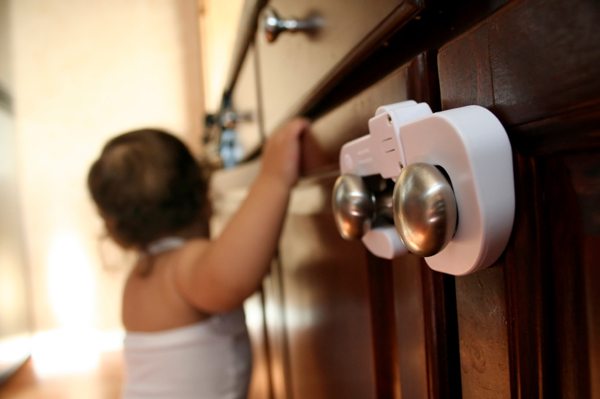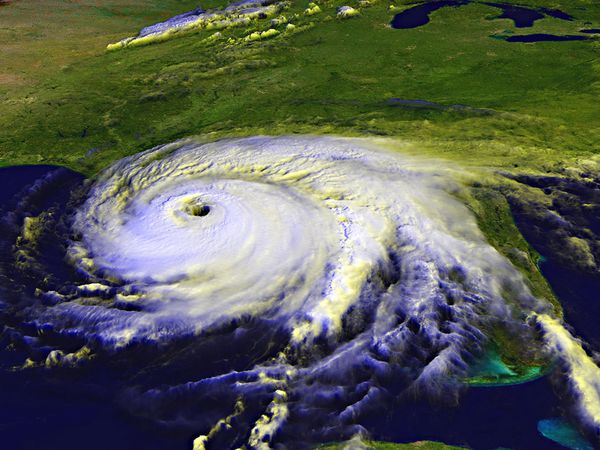So, you’re living happily in your apartment with three of your friends, when you suddenly get a great job offer that requires you to move cities…what’s the problem? Your lease doesn’t end for another six months and you can’t pay two rent checks each month. At this point, subleasing seems like the best option for you, and it probably is. How can you make sure the sublease process goes smoothly for you and your roommates?
We recently gave you the lowdown on subleasing, so you should pretty much know the basics of the process. Now, the task at hand s finding a subleaser who will fit in well in the dynamic if your home. Even though it’s your responsibility to find someone to take over your lease, your roommates should contribute to the search so that they can find a roommate that they know they’ll be happy with. Maybe you can ask around and see if any mutual friends need a place, or your roommates can post on their social media accounts that they’re looking for a new roommate. Whatever the case is, the whole process is easier for all of you if they help out.
Like we said before, it’s important to find someone who you can trust to take over your lease; but it’s also pretty important for your roommates to trust them, too. You’re not going to be living with whoever takes over your lease, but that shouldn’t mean that you care about who lives there. If the person who takes over your lease doesn’t feel comfortable with your roommates, they may encounter some issues along the way, and may even stop caring about taking care of your room and doing their share of the housework.

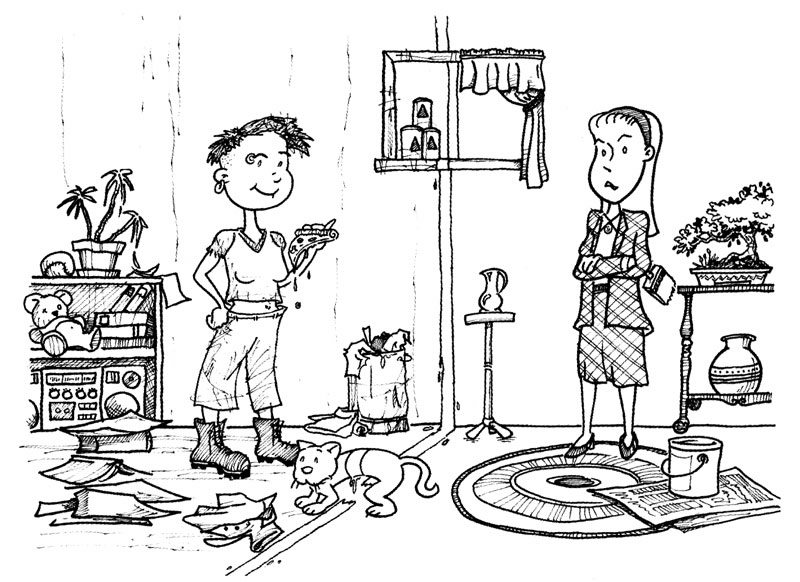
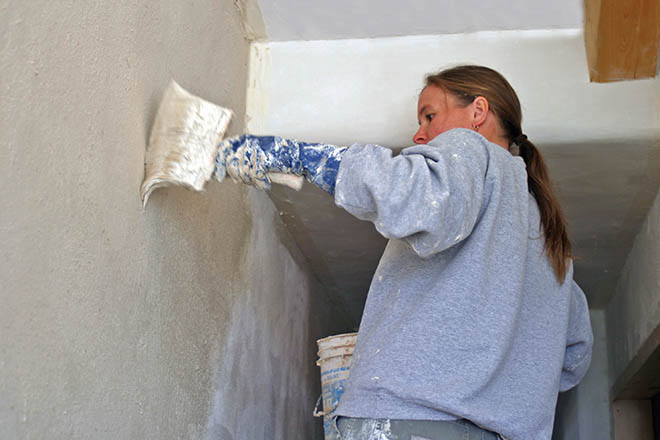 me just as you first got it involves making sure the walls and floors are in good condition. Seeing as the walls probably have holes from having had pictures or shelves, it’s up to you to patch them up. This sounds more complicated than it actually is; you can buy quick dry plaster and primer and have it all fixed up in no time. Once you’ve patched up the holes and little imperfections, find out what paint color the walls were first painted and touch up the color. This way the wall looks even and your landlord won’t charge you for any repairs.
me just as you first got it involves making sure the walls and floors are in good condition. Seeing as the walls probably have holes from having had pictures or shelves, it’s up to you to patch them up. This sounds more complicated than it actually is; you can buy quick dry plaster and primer and have it all fixed up in no time. Once you’ve patched up the holes and little imperfections, find out what paint color the walls were first painted and touch up the color. This way the wall looks even and your landlord won’t charge you for any repairs.

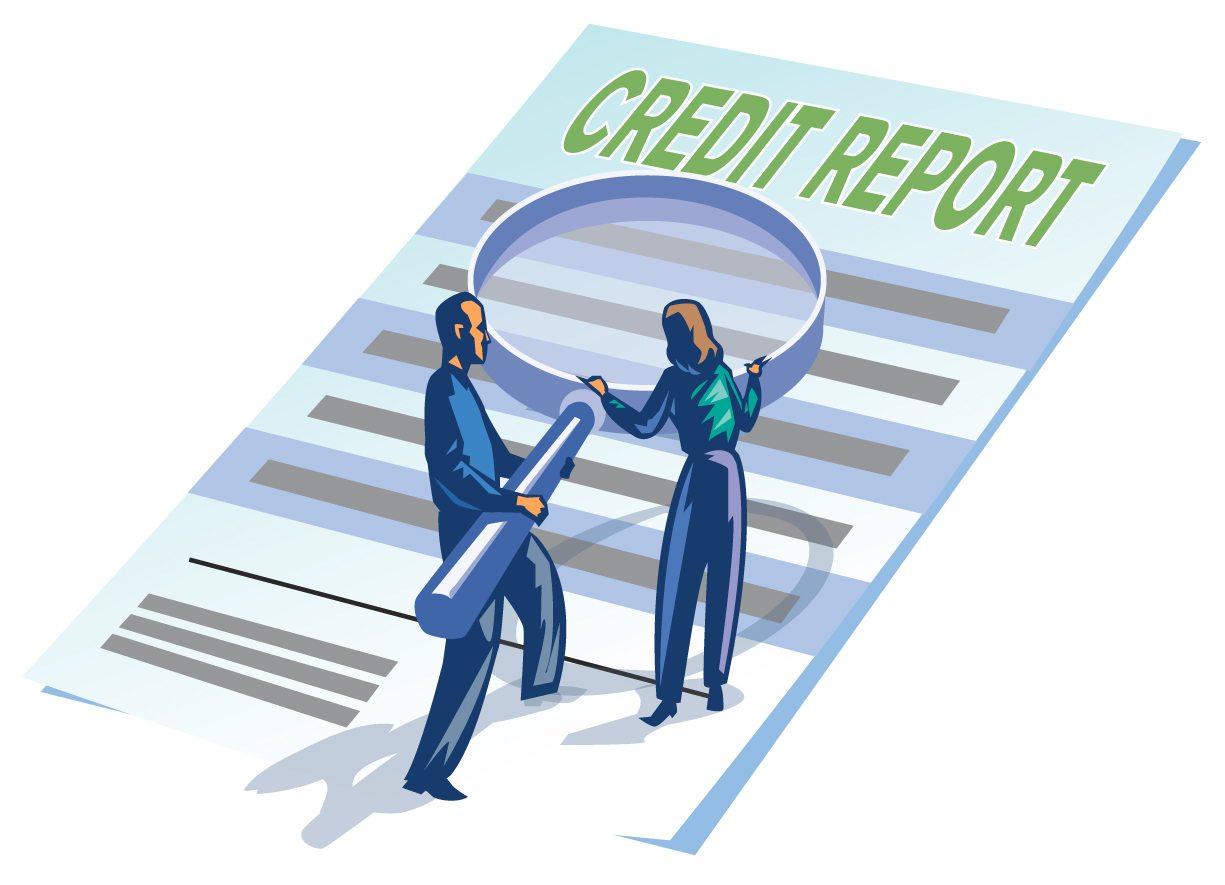
 signing a lease with can give you crucial information that you wouldn’t otherwise know. Sites like Google Reviews and Yelp have comments and reviews from people that have lived in that place, or dealt with that property management company. You have to consider that if someone took the time to write a review, they probably feel very strongly about what they wrote. The property management company you’re about to sign a lease with may have horrible reviews because of their lack of care for residents; this is something you wouldn’t know just by talking to someone at the lease office. Don’t rush your search and sign with the first property you see just because it’s a great price, or nicely maintained. Sometimes these things mask the reality of the property and by the time you realize it, it’ll be too late.
signing a lease with can give you crucial information that you wouldn’t otherwise know. Sites like Google Reviews and Yelp have comments and reviews from people that have lived in that place, or dealt with that property management company. You have to consider that if someone took the time to write a review, they probably feel very strongly about what they wrote. The property management company you’re about to sign a lease with may have horrible reviews because of their lack of care for residents; this is something you wouldn’t know just by talking to someone at the lease office. Don’t rush your search and sign with the first property you see just because it’s a great price, or nicely maintained. Sometimes these things mask the reality of the property and by the time you realize it, it’ll be too late.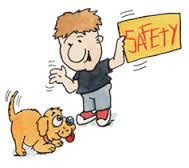 ncy.
ncy. Considering all the properties available for rent everywhere, you may need to negotiate and charge your lessee lower rent than what you originally pay as an incentive to sublease your place. Would you want to be paying the exact same amount to sublease a home as you would to just rent it yourself? Probably not, and neither will your lessee. Though it kinda sucks, the difference is a small price to pay in case where you need to move out of your property. Subleasing is a great option if you plan on leaving your town for a few months and don’t want to pay rent for an empty apartment. It also works if you need to leave your property but your lease isn’t ending and you can’t terminate it.
Considering all the properties available for rent everywhere, you may need to negotiate and charge your lessee lower rent than what you originally pay as an incentive to sublease your place. Would you want to be paying the exact same amount to sublease a home as you would to just rent it yourself? Probably not, and neither will your lessee. Though it kinda sucks, the difference is a small price to pay in case where you need to move out of your property. Subleasing is a great option if you plan on leaving your town for a few months and don’t want to pay rent for an empty apartment. It also works if you need to leave your property but your lease isn’t ending and you can’t terminate it.